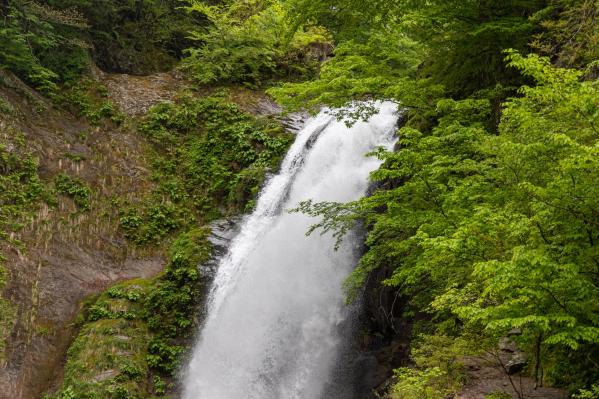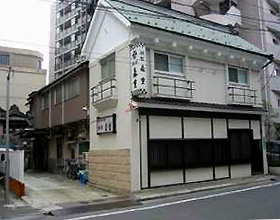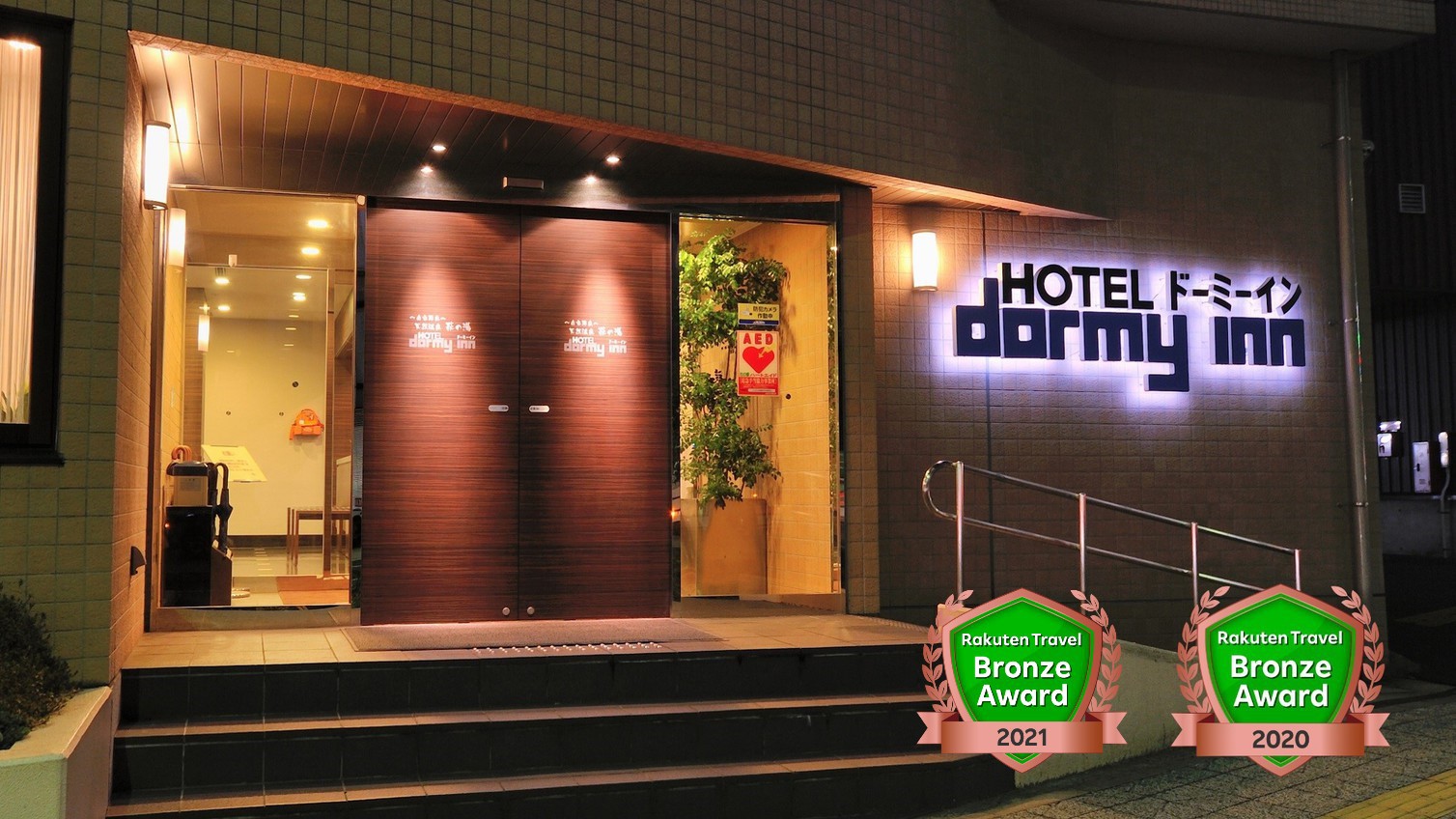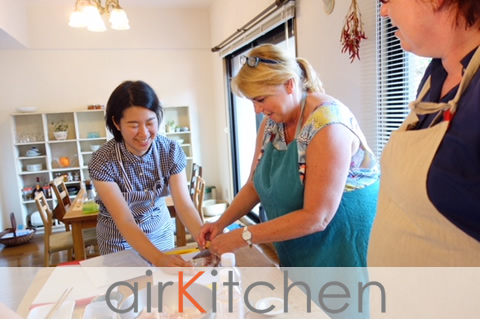
Sendai Castle Ruins
At the Aoba Castle Museum, visitors can view a video that uses computer graphics to recreate the entirety of Sendai Castle. There is also a literary monument dedicated to poet Doi Bansui, who has a deep connection to Sendai. In 2003, this site was designated as a national historic site.
From the ruins of the main keep, visitors can enjoy a panoramic view of Sendai City and the Pacific Ocean, especially stunning at night when the stone walls and the statue of Masamune are beautifully illuminated. In front of the Doi Bansui statue, "Kōjō no Tsuki" (Moon Over the Ruined Castle) is automatically played, adding to the ambiance.
This location was chosen for its strategic advantages in transportation and defense in preparation for battles against the Uesugi clan. Taking advantage of the natural terrain, the castle was valued for being "easy to defend but difficult to attack," and it continues to captivate many people today with its history and beautiful scenery.
Basic Information
- Spot Name
- Sendai Castle Ruins
- Location
- 〒980-0862 1 Kawauchi, Aoba-ku, Sendai-shi, Miyagi Prefecture
- Access
- Take the loop bus "Loople Sendai" from platform 16 at the JR Sendai Station West Exit bus terminal and get off in front of "Sendai Castle Ruins" (Note: There are stairs from the bus stop to the main keep ruins). Alternatively, take the Sendai City Bus to Yagiyama Zoo from Aobayama Station on the Tozai Line or get off at "Sendai Castle Ruins South" on a bus heading to Aobadai from Yagiyama Zoo Station.
- Parking
- Regular cars: Available (Paid)
Large vehicles: Available (Paid)
[Large bus] 30 vehicles / 2 hours 2,000 yen, thereafter 1,000 yen per hour
[Regular car] 150 vehicles / 1 hour 600 yen, thereafter 300 yen every 30 minutes (Free after 6 PM) - Business Hours
- Free admission. *The Aoba Castle Museum is open from April to October from 9:00 AM to 4:20 PM (last admission at 3:50 PM), and from November to March from 9:00 AM to 3:40 PM (last admission at 3:10 PM).
- Fees
- Aoba Castle Museum Exhibition Hall: Individual: Adults 700 yen, Junior high and high school students 500 yen, Elementary school students 300 yen / Group (20 or more): Adults 630 yen, Junior high and high school students 450 yen, Elementary school students 270 yen.
- Official Website
Map
Detailed Information
The Formation of Sendai Castle
▶ When was it constructed?
Sendai Castle was built by the first lord of the Sendai Domain, Date Masamune. In December of the 5th year of the Keicho era (1600), shortly after the Battle of Sekigahara, the castle's layout was drawn, and construction began in January of the following year. It is believed that the construction was roughly completed by the 7th year of the Keicho era (1602).
The main keep of Sendai Castle was a "mountain castle" that skillfully utilized the natural topography, with steep cliffs on the east facing the Hirose River, the western side bordered by a mountain forest known as "Ourabayanishi," and the southern side surrounded by the Tatsu no Kuchi Gorge.
After Masamune's death, the second lord, Tadamune, built a secondary enclosure (Ninomaru) in the foothills. After the completion of Ninomaru in the 16th year of the Kan'ei era (1639), it became the center of domain administration until the end of the Edo period.
After the abolition of feudal domains and the establishment of prefectures in the Meiji era, Sendai Castle came under the jurisdiction of the Meiji government. In the 4th year of the Meiji era (1871), military facilities were established in Ninomaru, but most of these buildings were destroyed in a fire in the 15th year of the Meiji era (1882). It is said that buildings in the main keep were also demolished in the early years of the Meiji era. Currently, Ninomaru has transformed into the Kawauchi Campus of Tohoku University, and Sannomaru has become the Sendai City Museum.
▶ Why was this location chosen?
After the Battle of Sekigahara, there was a need for a stronghold (mountain castle) to prepare for battles against the Uesugi clan, which was still in opposition to the Tokugawa clan. This led to the selection of Sendai (Aobayama) as a suitable location for building a castle, as it featured hillocks that were "easy to defend and difficult to attack," along with plains that offered prospects for traffic and the development of a castle town.
▶ Location and Area of Sendai Castle
Sendai Castle is located to the west of Sendai City's urban area, with its castle grounds centered on the Aobayama hill and the riverbank terrace of the Hirose River at its foot.
Since 1997, with the commencement of stone wall restoration work in the main keep and archaeological investigations of the Great Hall site, its historical value has been enhanced, and in August 2003 it was designated as a national historic site.
▶ Development of the Castle Town
With the construction of Sendai Castle, the development of the castle town also began. The castle town expanded to the east of the castle, separated by the Hirose River, centered on the Oshu Highway running north-south and the Omachi Street extending east-west. Near the castle were the residences of senior vassals, with merchant towns along the highway, and samurai residences in the surrounding area.
Sendai Castle Ruins Movies
Miyagi Tourist Attractions
View ListSendai Umino-Mori Aquarium
Sendai Uminomori Aquarium is one of the largest aquariums in Tohoku, and its charm lies in the dolphin, sea lion, and bird performances held in an open stadium. The ...
Matsushima Bay
Matsushima Bay is one of Japan's three scenic views, boasting beautiful landscapes that stretch across the eastern bay of Sendai Bay. Within the bay, there are 260 i...
Shiroishi Castle
Shiraishi Castle (also known as Masuyama Castle or Masuoka Castle) is a flatland mountain castle located in the center of Shiraishi City, Miyagi Prefecture, and is d...
Godaido Hall
Godaido is one of the iconic landscapes of Matsushima, offering a stunning view of Matsushima Bay. Founded in 807 by Sakanoue no Tamuramaro, who established the Bent...
Entsu-in Temple
Entsuin is known as a "temple for matchmaking" and a "famous spot for autumn leaves," attracting many visitors. Adjacent to Zuiganji Temple in Matsushima, it is famo...
Okama Crater in Zao
Mount Zao, located on the border between Miyagi and Yamagata Prefectures, is one of Japan's 100 famous mountains. At its center lies the Zao Okama, a crater lake sur...
Matsushima Bay Cruise
The best way to explore the beautiful islands of Matsushima Bay is by taking the Matsushima Island Tour Boat "Nio Maru Course." This course spans approximately 17 ki...
Akiu Otaki
Akiu Great Falls is a straight waterfall located in Sendai City, Miyagi Prefecture, with a width of 6 meters and a drop height of 55 meters. It is selected as one of...















































